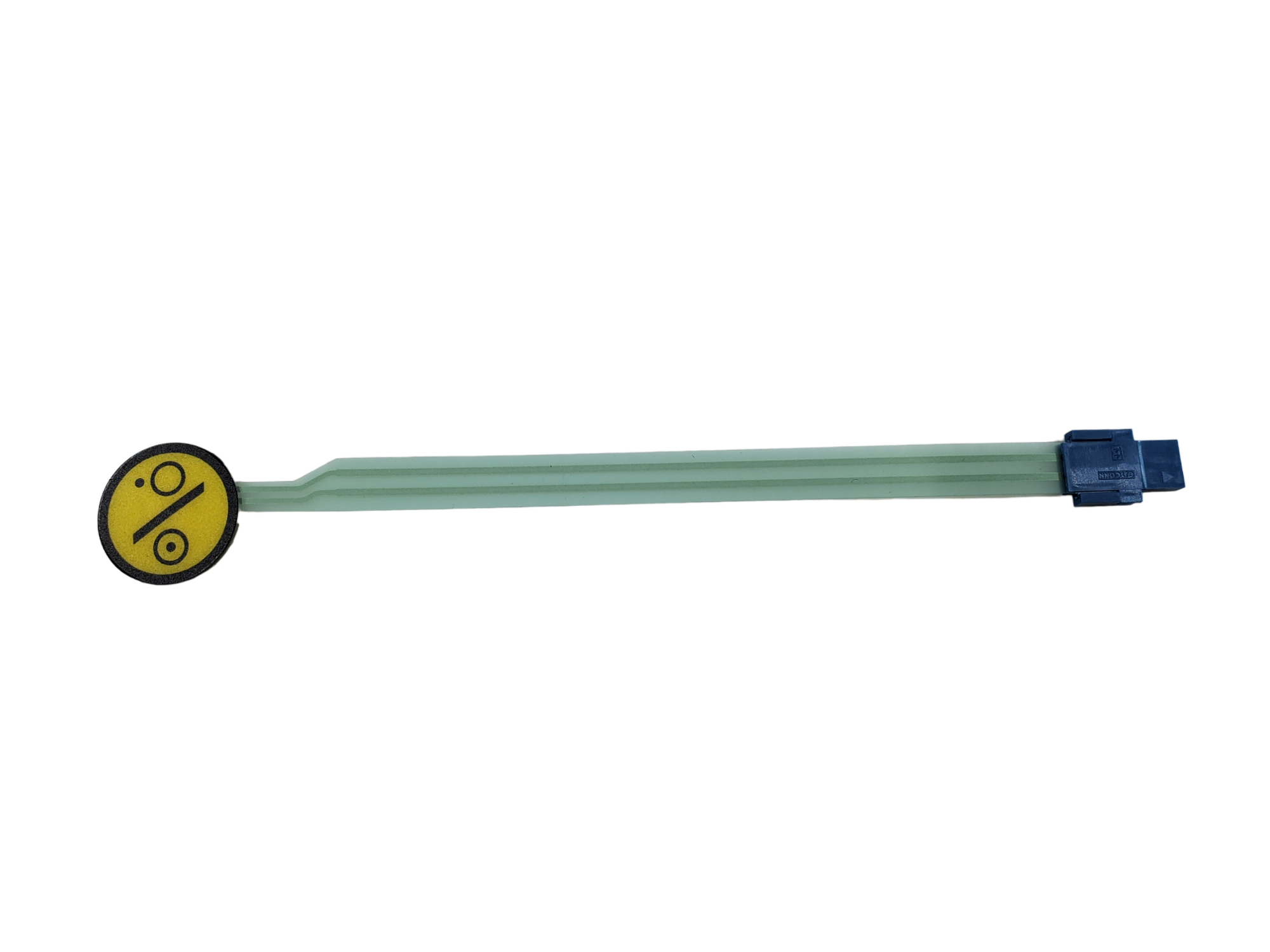Top Features to Look for in a High-Quality Membrane Switch
Top Features to Look for in a High-Quality Membrane Switch
Blog Article
Recognizing Membrane Switches Over: The Secret to Durable and Reliable Controls

What Are Membrane Layer Switches?
Membrane buttons are an innovative solution in the realm of individual interface modern technology, combining performance and layout seamlessly. These gadgets serve as a user interface in between customers and electronic systems, integrating numerous parts into a compact style. Commonly created from adaptable, slim layers of products, membrane layer buttons are made to react to touch, enabling users to engage with equipment and digital gadgets successfully.
The key components of a membrane layer button include a printed circuit layer, graphic overlay, and a spacer layer that prevents unintended activation. The graphic overlay can be tailored to mirror brand identity or customer preferences, improving appearances while making certain usability. Membrane layer switches are frequently utilized in various applications, consisting of clinical gadgets, consumer electronics, and commercial devices, owing to their toughness and resistance to environmental elements such as moisture and dirt.
One of the key benefits of membrane layer switches is their capacity to hold up against deterioration, making them optimal for high-traffic environments. In addition, they are light-weight and require marginal area, permitting innovative styles in product growth. In general, membrane layer changes represent a sensible and effective choice for contemporary electronic user interfaces, marrying innovation with user-centric design concepts.
How Membrane Layer Switches Work
The operation of membrane switches over hinges on a straightforward yet efficient device that equates customer input into digital signals. These buttons include numerous layers, usually consisting of a graphic overlay, a spacer layer, and a circuit layer. When an individual presses the button, the top layer warps, permitting a conductive aspect in the circuit layer to make call with a corresponding conductive pad on the bottom of the visuals overlay. This get in touch with shuts the circuit and sends out an electronic signal to the gadget, showing that the switch has been turned on.
The style of membrane layer buttons can differ, but they typically include domes or responsive elements to offer comments to the individual, boosting the total experience - membrane switch. The products made use of in membrane switches, such as polyester or polycarbonate, add to their resilience and resistance to environmental aspects, including wetness and dirt. The printed circuits are generally encapsulated, which safeguards them from wear and tear over time.
Benefits of Membrane Switches

Additionally, membrane switches are understood for their longevity. Constructed from robust materials, they are resistant to dust, moisture, and physical wear, which considerably prolongs their life-span contrasted to traditional mechanical switches. This resilience makes them particularly appropriate for high-traffic atmospheres and applications needing durability.
One more considerable advantage is the convenience of cleansing and upkeep. The smooth surface area of membrane layer switches over decreases dirt buildup and is usually unsusceptible spills, making them excellent for setups that call for regular sanitization.
Additionally, membrane layer switches provide a streamlined account, bring about a thinner layout that can be integrated right into various devices without including mass. This attribute not just enhances the aesthetic Clicking Here charm however also adds to a more ergonomic item style.
Applications of Membrane Buttons
Easy to use and versatile, membrane layer switches find applications throughout a large range of industries, consisting of medical tools, consumer electronic devices, and commercial equipment. In the clinical field, these buttons are indispensable to gadgets such as diagnostic devices, client monitoring systems, and infusion pumps, where reliability and convenience of cleansing are crucial. Their capacity to stand up to severe settings and preserve functionality makes them suitable for such applications.

In customer electronics, membrane buttons are used in items like microwaves, cleaning devices, and remotes - membrane switch. Their sleek style permits intuitive interface, boosting the overall individual experience while giving sturdiness and resistance to tear and wear
Industrial tools also gains from membrane buttons, specifically in control panels for machinery and automation systems. These switches use defense versus dust and moisture, making certain regular performance in difficult atmospheres. In addition, their customizable features allow makers to customize them to specific operational needs, enhancing effectiveness and capability.
Choosing the Right Membrane Switch
When selecting a membrane layer switch, it is vital to think about various aspects that influence performance and suitability for specific applications. The key factors to consider consist of ecological problems, responsive comments, sturdiness, and style specifications.
First, evaluate the operating environment; buttons subjected to wetness, chemicals, or extreme temperature levels call for certain materials to ensure long life and capability. Next, assess the demand for responsive comments. Depending on customer interaction, some applications may take advantage of a responsive reaction to validate activation, while others might choose a non-tactile layout for visual reasons.
Toughness is one more crucial factor; membrane layer switches need to be created to withstand constant use, influences, and abrasion. Make sure the selected button can endure the anticipated lifecycle, particularly in high-usage circumstances.

Verdict
In verdict, membrane switches over serve as vital parts in the design of long lasting and dependable control systems across numerous sectors. The versatility of membrane layer switches enables for tailored remedies that satisfy specific functional demands, resource enhancing their significance in contemporary innovation.
Membrane layer switches over represent a vital facet of modern-day interface design, blending performance with durability in numerous applications.Membrane layer buttons are a sophisticated service in the realm of individual interface innovation, integrating capability and layout seamlessly. Generally constructed from versatile, thin layers of materials, membrane switches are developed to respond to touch, enabling users to communicate with machinery and electronic gadgets properly.
The layout of membrane layer switches can differ, yet they often incorporate domes or responsive components to give responses to the individual, improving the general experience.In final thought, membrane switches offer as necessary parts in the style of reputable and resilient control systems navigate to this site across numerous sectors.
Report this page